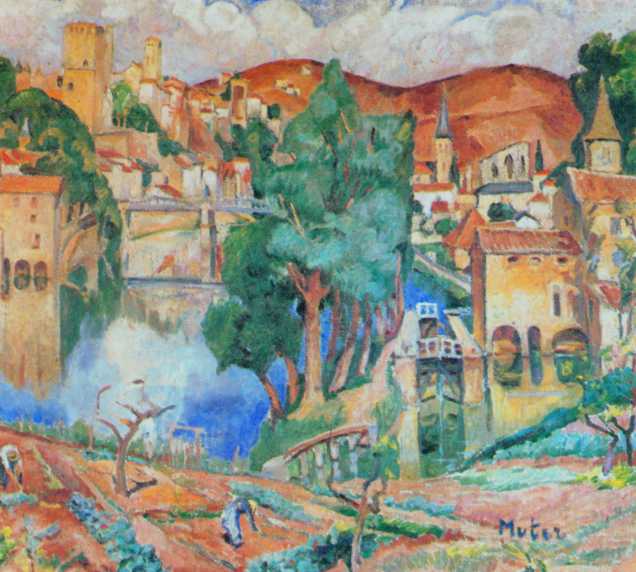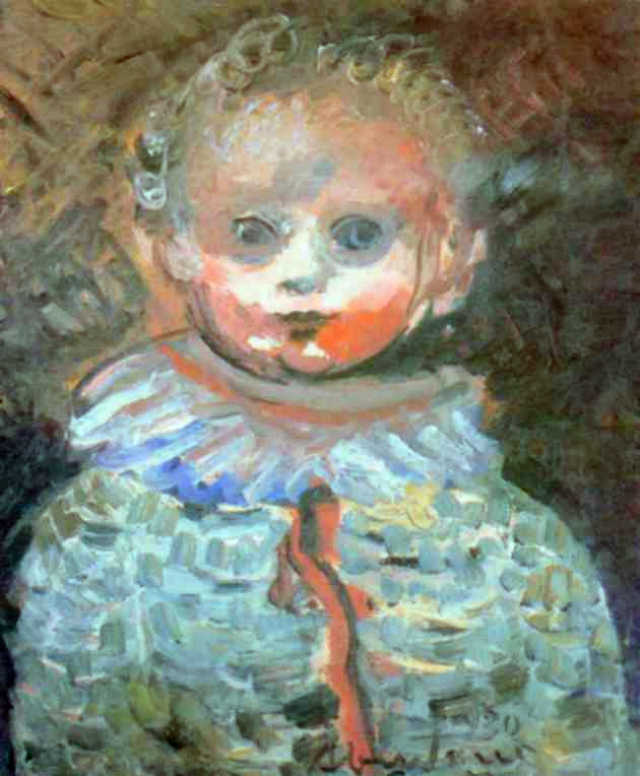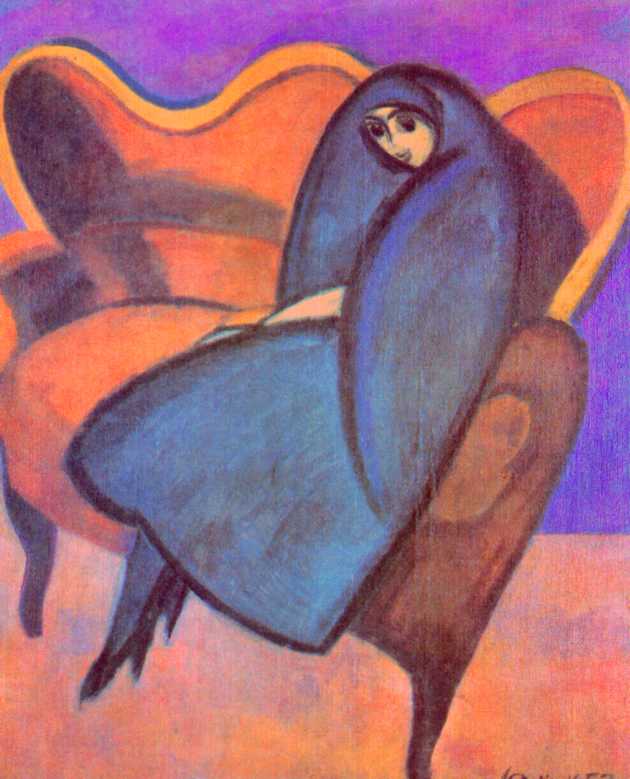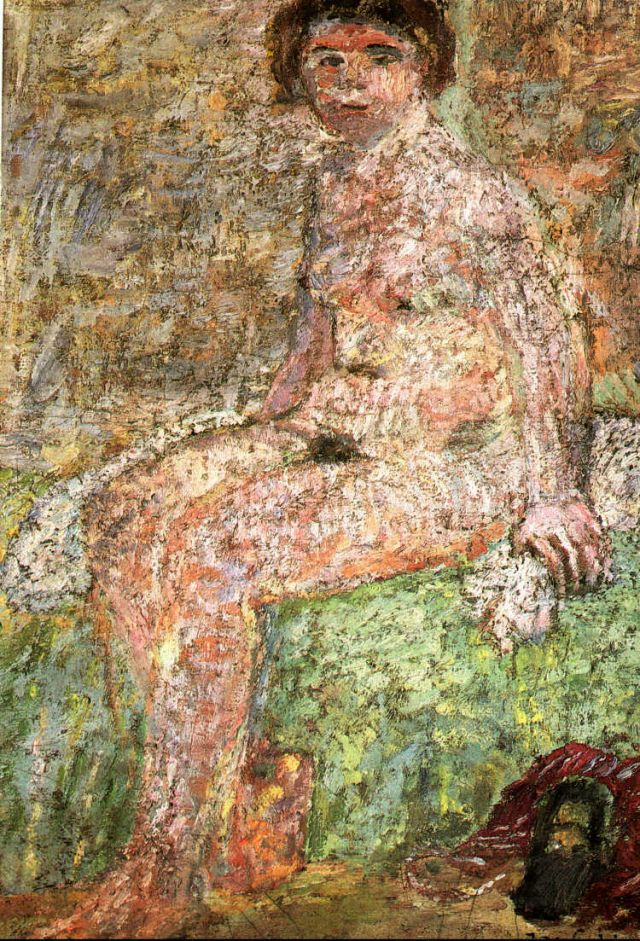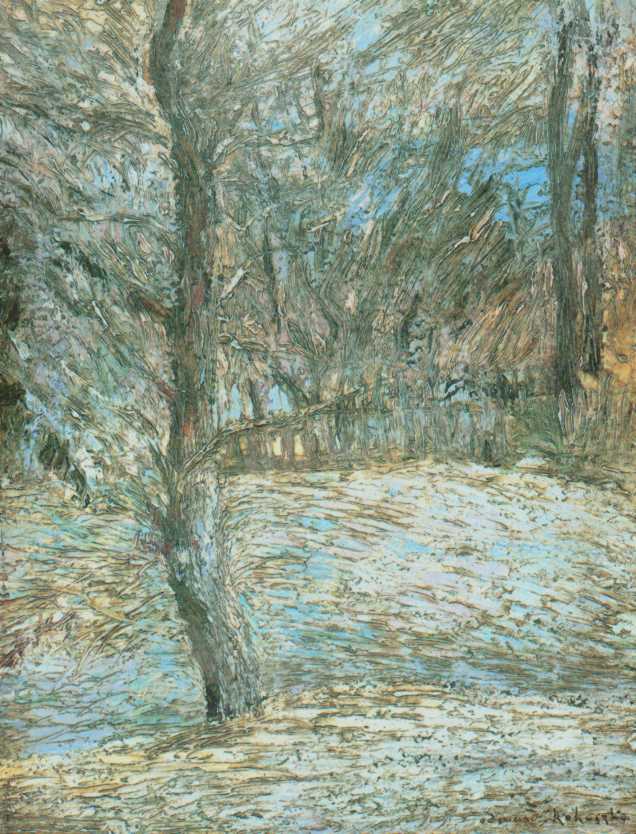Painting – Impressionism.
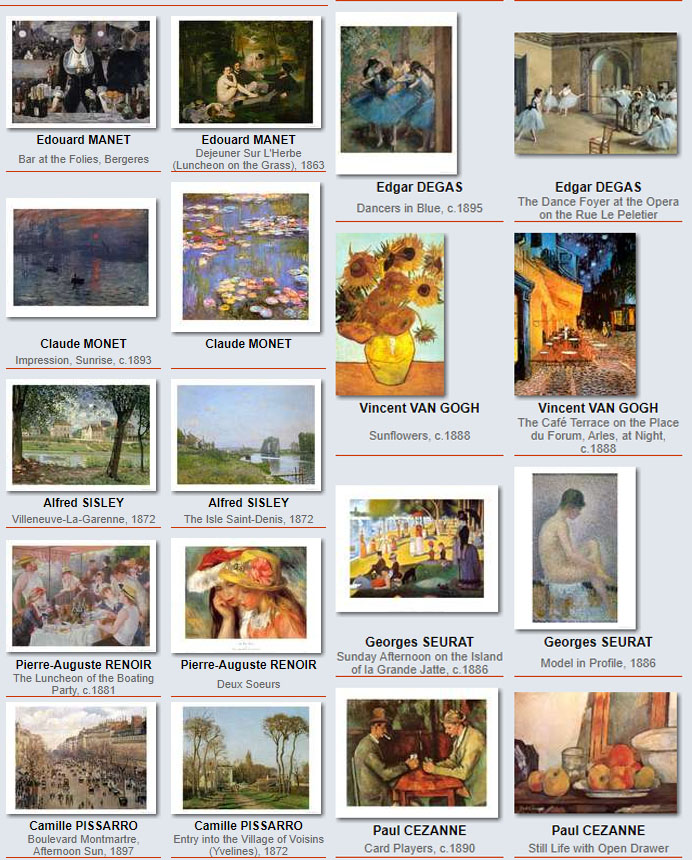
Impressionism was originally named in an ironic form by the art critic and journalist Louis Leroy and comes from the title of Claude Monet's painting Impresja, Sunrise. It was a reaction to the first exhibition of a group of Parisian artists studying at Atelier Gleyere and Académie Suisse in the last quarter of the 19th century, organized in Nadar's photo atelier in 1874 year.
Their subsequent exhibitions in the years 1874-1886 broke with academia, an ossified approach to painting.
The most characteristic feature of the new painting was the desire to convey fleeting impressions, impression – “stopping the fleeting moment on the canvas”. The basic feature and technique became the application of spots of pure color next to each other, which had the effect of merging and creating new colors when viewed from a distance. This technique found its development in neo-impressionist painting in the form of pointillism.
A whole new theme appeared on the canvases of the Impressionists. In place of the previous paintings depicting biblical scenes, literary, mythological, historical, new ones depicting nature have appeared, everyday life and modernity, human figures observed during play or leisure. It showed the positive side of life, it did not address social problems, which over time led to a split among the Impressionists.
Another novelty was presenting the appearance of a given place in a specific lighting and a specific moment. They were among the first to paint outdoors, without correcting and finishing his works in studios.
Technical and scientific development in the 19th century, especially the discovery of the construction of light, the structure of white light and the theory of color caused a conscious change in the use of color. The Impressionists used only the seven basic colors of white light and were the first to mix them only on canvas, and not like their predecessors on the pallet.
New painting tools have also come into use: harder, flat, brushes reinforced with a steel frame, cheaper, synthetic paints. And most importantly, a cheap and available blue dye has finally appeared to replace the expensive ones, made of lapis lazuli. Outdoor easels and portable boxes for paints and brushes began to be used – It made it easier to go outside.
The Impressionists also introduced new compositional rules. This was influenced by the dissemination of the camera. Your paintings, they composed in an open way, following the example of photography, often showing fragments of reality. characters, whether trees cut in the composition of photography and Japanese art reaching Europe caused a real revolution.
Impressionists:
Pierre Bonnard
Eugene Boudin
Gustave Caillebotte
Mary Cassatt
Edgar Degas
Claude Monet
Berthe Morisot
Camille Pissarro
Maurice Ravel
August Renoir
Georges Seurat
Alfred Sisley
James Abbott McNeill Whistler
Olga Boznańska
Jozef Pankiewicz
Wladyslaw Podkowiński
